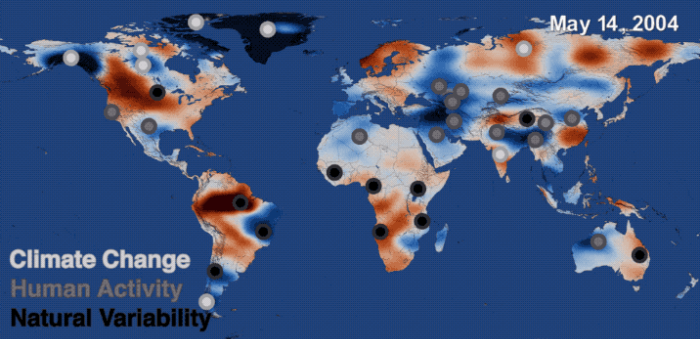In an innovative study, scientists have combined a number of NASA satellite observations of Earth with data on human activities to map locations where freshwater is changing around the globe and to determine why. The study, published in the journal Nature, finds that Earth’s wet land areas are getting wetter and dry areas are getting drier.
A team led by Matt Rodell of NASA’s Goddard Space Flight Center in Greenbelt, Maryland, used 14 years of observations from the US/German-led Gravity Recovery and Climate Experiment (GRACE) spacecraft mission to monitor global trends in freshwater in 34 regions around the world.
[smlsubform prepend=”GET THE SAFETY4SEA IN YOUR INBOX!” showname=false emailtxt=”” emailholder=”Enter your email address” showsubmit=true submittxt=”Submit” jsthanks=false thankyou=”Thank you for subscribing to our mailing list”]
To understand these trends, they used data from the Global Precipitation Climatology Project, NASA/U.S. Geological Survey Landsatimagery, irrigation maps, and published reports of human activities related to agriculture, mining and reservoir operations. Only through analysis of the combined data sets the scientists understandood the reasons for Earth’s freshwater changes.
Freshwater loss from the ice sheets at the poles – because of climate change – affects sea level rise. On land, freshwater is one of the most essential of Earth’s resources, for drinking water and agriculture. While some regions’ water supplies are relatively stable, others experienced increases or decreases.
Co-author Jay Famiglietti of NASA’s Jet Propulsion Laboratory (JPL) in Pasadena, California, explained:
What we are witnessing is major hydrologic change. We see a distinctive pattern of the wet land areas of the world getting wetter – those are the high latitudes and the tropics – and the dry areas in between getting dryer. Embedded within the dry areas we see multiple hotspots resulting from groundwater depletion.”
Famiglietti noted that while water loss in some regions is clearly caused by warming climate, it will require more time and data to determine the driving forces behind other patterns of freshwater change.
The team also identified large trends in terrestrial freshwater storage that are not directly related to human activities. Natural cycles of high or low rainfall can cause a trend that is unlikely to persist, Rodell said.
See more information in the PDF herebelow





























































